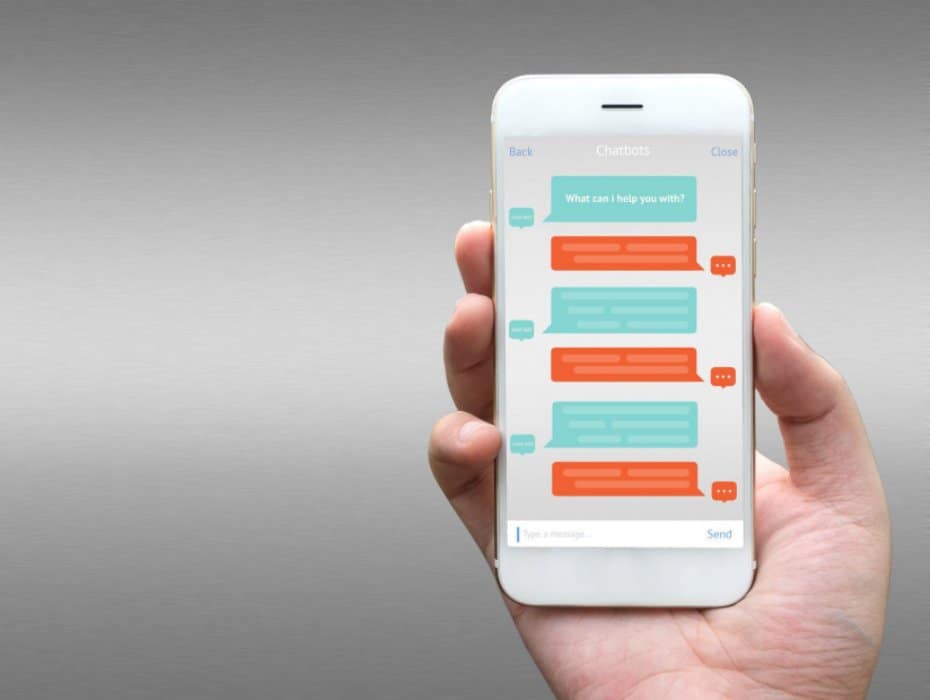Highlights
- Chatbots offers contact centers a convenient way to manage customer queries while alleviating the burdens on live agents.
- Using chatbots effectively calls for advanced planning and an understanding of common customer pain points.
- Cloud-based communications solutions that include chatbot functionality can streamline the operations of a contact center.
Is your contact center optimizing its use of chatbots?
If not, you’re leaving a lot on the table. Used effectively, chatbots do a lot more than just serve as communication tools. They can also help contact centers handle a wide range of queries and customer requests, while automating some of the more monotonous tasks such as answering frequently asked questions.
Here are seven useful and effective ways to strategically use chatbots in your contact center.
1. Create the appropriate management team
Choose team members who will be most instrumental in the chatbot project. Look for people on your team who have a clear understanding of what makes your customers tick and who can work together effectively on collaborative projects. This team will be tasked with implementing the technology, leading chatbot customer service, and sticking to a specific budget for the technology.
Once your chatbot team is in place, measurable and attainable goals can be set. Everyone involved should know exactly what the expectations are for your chatbot implementation and what needs to be done to achieve them.
2. Establish clear roles for your team
To ensure effective and efficient implementation and use of chatbots for your contact center, you must establish clear roles and responsibilities for your chatbot team, including conversation management, technical issue support, and domain management.
Some additional roles might be copywriter, conversation designer, AI trainer, and analysts.
3. Come up with common customer queries
Brainstorm a set of questions that are common among customers to ensure the chatbots are able to cover a wide array of queries. This can be done by looking at your contact center’s FAQs section or taking a tally of the types of questions customers often ask through more traditional communication channels. This is where updating website FAQ sections and having analytical data readily available can be beneficial.
Chatbots able to answer customer questions can help take a lot of work off the plate of agents who may have their hands full dealing with more complex issues.

4. Offer product selection and education
Effective chatbots work best when they are programmed to provide customers with some education on a product to help in troubleshooting situations. Chatbots can also be used to offer customers the appropriate information based on selection criteria.
To make chatbots more effective, work with a large dataset of customer inquiries. Because chatbots depend on machine learning algorithms, the more data you can feed into the system, the more accurate and effective your chatbots will be.
5. Provide support to reduce call abandon rates
High abandonment rates are bad for contact centers. Customers expect to have their questions answered or problems resolved the first time they make contact. Leading them down a path that does not give them what they’re working for ends in frustration.
Odds are, they’ll hang up, only to call back again. When this happens, they’re likely a little more frustrated than they may have been when they initially called,
Chatbots can offer easy-to-follow guidance and support that may provide an answer or first call resolution. This way, customers get what they need the first time around, which will reduce abandon rates.

Next-Gen Cloud Contact Centers for Dummies®, RingCentral Special Edition eBook
6. Establish plain, easy-to-understand chatbot language
Agents are trained to use the same terminology their customers use to be more relatable. Customers will be more at ease and feel more comfortable when speaking with someone who understands their questions and frustrations. They prefer speaking with agents who speak plainly without all the fluff. The same concept applies to chatbots.
It’s important for chatbot scripts to closely match what live agents would say. Contact center managers should keep close tabs on chatbot performance over time and track specific key metrics, including user numbers, customer satisfaction, and recall rates. These metrics can provide valuable data regarding how well pre-written chatbot scripts are performing with customers.
7. Don’t use chatbots for complex communications
Chatbots may be pre-programmed to answer a myriad of questions, but there’s no emotional or human element to these digital tools. While certain queries and issues may be appropriately dealt with via chatbots, others should be directed to live agents to handle.
Customers appreciate quick response times when they reach out to a contact center and chatbots fit the bill in this regard. But customers also want some level of human empathy and understanding, especially if they’re particularly frustrated with an issue they’re trying to handle.
Ultimately, chatbots work best for more routine issues. But when issues are more complicated, any conversations that start out with chatbots should quickly lead to a live agent. The combination of the two can work quite well when implemented correctly.
Choose RingCentral for your communications needs
Chatbots are key to a modern contact center. RingCentral offers cloud-based digital solutions including chatbot technology designed to help simplify and streamline contact center operations. Our innovative chatbot technology ensures a conversational experience for customers.
Reach out to a customer service representative with RingCentral to discuss your options and request your free demo today.
Originally published Mar 23, 2022
Looking For Startup Consultants ?
Call Pursho @ 0731-6725516
Telegram Group One Must Follow :
For Startups: https://t.me/daily_business_reads







